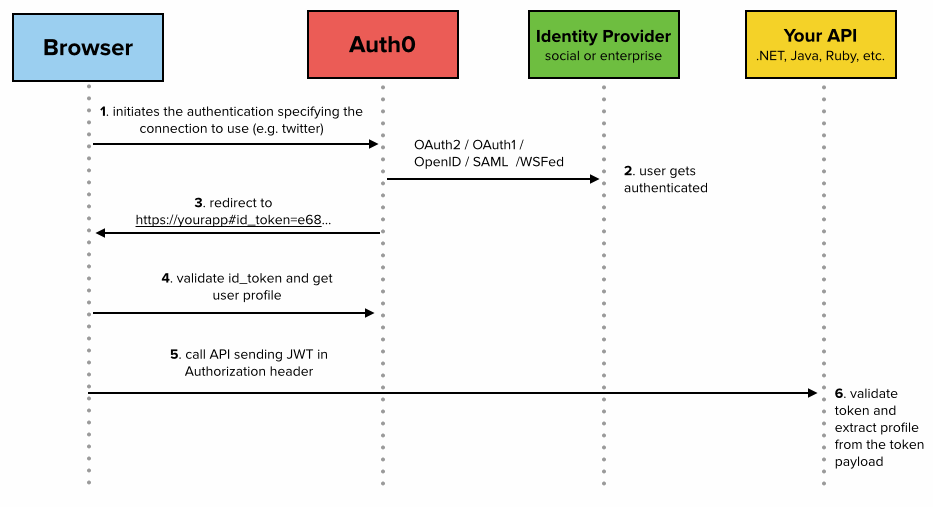oauth tutorial - OAuth WWW-Authenticate Response Header Field - oauth2 tutorial - oauth authentication
What is WWW-Authenticate?

- The HTTP WWW-Authenticate response header defines the authentication method that should be used to gain access to a resource.
- The resource server must include the HTTP "WWW-Authenticate" response header field, if the protected resource request contains an access token that is invalid or if the access token is malformed.
- The WWW-Authenticate header is sent along with a 401 Unauthorized response.
| Header type | Response header |
|---|---|
| Forbidden header name | no |
Syntax
WWW-Authenticate: <type> realm=<realm>
click below button to copy the code. By - oauth tutorial - oauth2 tutorial - team
Directives
<type>
- Authentication type. A common type is "Basic". IANA maintains a list of Authentication schemes.
realm=<realm>
- A description of the protected area. If no realm is specified, clients often display a formatted hostname instead.
Examples
WWW-Authenticate: Basic
WWW-Authenticate: Basic realm="Access to the staging site"
click below button to copy the code. By - oauth tutorial - oauth2 tutorial - team
"WWW-Authenticate" header field uses the following format −
challenge = "OAuth" RWS token-challenge
token-challenge = realm
[CS error]
[CS error-uri]
[CS scope]
[CS 1#auth –param]
error = "error" "=" <"> token <">
error-desc = "error_description" "=" quoted-string
error-uri = "error_uri" = <"> URI-Reference <">
scope = quoted-value / <"> quoted-value *(1*SP quoted-value) <">
quoted-value = 1* quoted-char
click below button to copy the code. By - oauth tutorial - oauth2 tutorial - team
where,
realm :
- It is an attribute which specifies the scope of protection and is displayed to the users so that they know which username and password to use.
- This attribute must appear only once.
error :
- It is an attribute used to provide a client the specific reason why the access request was declined.
error_description :
- It is an attribute that provides a human-readable text that can be used to help in understanding the error that occurred.
error_uri :
- It is an attribute that provides a URI to identify a human-readable web page along with the information about the error that has occurred.
scope :
- It is an attribute which specifies the required scope of the access token in order to access the requested resource.
